#IT IS NOT A DEAD MAN WALKING JUST BECAUSE IT HAS MULTIPLE VORTICES
Explore tagged Tumblr posts
Text
STOP CALLING EVERY TORNADO WITH MULTIPLE VORTICES A DEAD MAN WALKING BEFORE I START THROWING THINGS😭😭😭😭
#IT IS NOT A DEAD MAN WALKING JUST BECAUSE IT HAS MULTIPLE VORTICES#RAHHHHHH#twisters#tornados#weather#dead man walking
18 notes
·
View notes
Note
More specifically, the term comes from a 1999 documentary about the Jarrell tornado that premiered on TLC, which states,
"An ancient Native American legend speaks of the dead man walking: if you see him in a tornado you are about to die. The townsfolk of Jarrell can now see the arms and legs of a multi-vortex tornado approaching. The dead man has just walked into Jarrel."
Now, whether or not it is actually a Native American legend has been debated, but the dead man walking part stuck. And there could be a kernel of truth in there given how many multi-vortex tornadoes the US gets.
A few more examples:
Cullman 2011 EF4

Joplin 2011 EF5
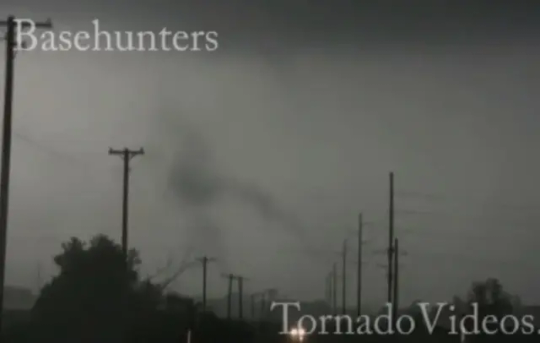
The Joplin tornado was super scary. Not only was it a multi-vortex tornado, it also caused a deadly fungal outbreak among the survivors.
And of course, the infamous
El Reno 2013 EF3
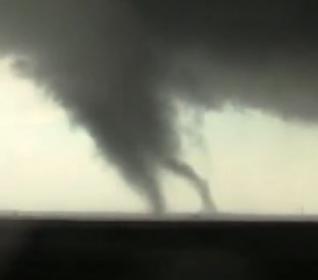
The only reason this tornado is an EF3 is because the Enhanced Fujita (EF) scale uses damage to buildings to determine wind speed and severity and this occurred in a rural area. In actuality, this tornado was nearly 3 miles wide and had wind speads near 300 mph. It killed or injured many seasoned storm chasers/meteorologists. It was one large tornado with multiple smaller vortices spinning around inside of it with much higher wind speeds. This thing broke records.
For more info on the Jarrell tornado and the history of the famous dead man walking photo that was taken of it, I highly recommend these videos:
1999 TLC Doc
History of the Photo
More detailed (but approachable) info
The two creators also have other great videos on tornadoes.
What are dead man walking tornadoes? :O
it’s a multi-vortex tornado. i dont remember the tribe it originates from (i think it was cherokee), but there’s a native american legend…? saying? that goes “if you see a man in a tornado, you are about to die.”
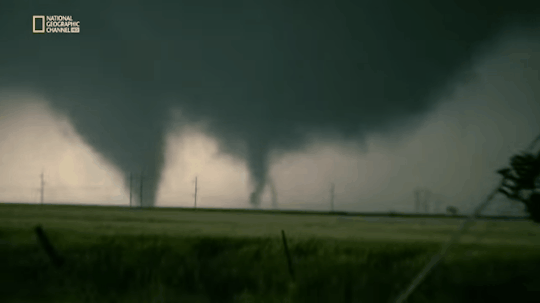
the most infamous shot of a dead man walking tornado hit jarrell, texas in 1997
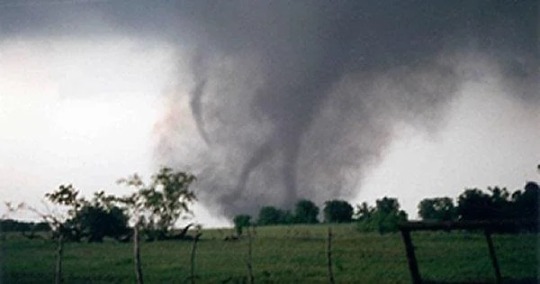
it did so much damage to the town it caused the scale that tornados are measured by, the fijita scale, undergo revisions, and it made anchoring buildings in the tornado alley region pretty much mandatory. (it took the entire town off the map. only those who had taken shelter outside of the town or in underground bunkers survived.)
two more examples of dead man walking tornadoes looking like a person are a tornado from 2011 that hit cullman, alabama
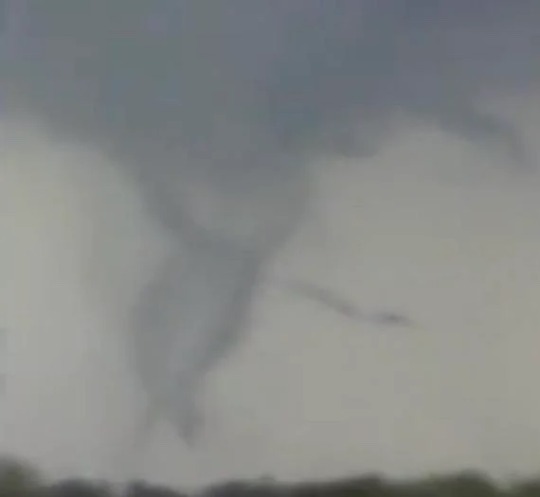
and a tornado from 1975 that hit xenia, ohio
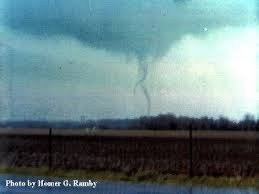
72K notes
·
View notes
Note
Specifically, the term comes from a 1999 documentary (linked below) about the Jarrell, TX F5 tornado that premiered on TLC, which states,
"An ancient Native American legend speaks of the dead man walking: if you see him in a tornado you are about to die. The townsfolk of Jarrell can now see the arms and legs of a multi-vortex tornado approaching. The dead man has just walked into Jarrel."
It's all very dramatic in that disaster documentary kind of way. I'm not Native American so I can't speak to it being a legend. However, the term seems to have stuck in the weather community as a way to describe violent multi-vortex tornadoes (to the point that some seem to use that and multi-vortex interchangeably). They have a specific structure that does look like legs and sometimes arms as well. I've listed a few examples as well as some links to sources:
Cullman 2011 EF4

Joplin 2011 EF5
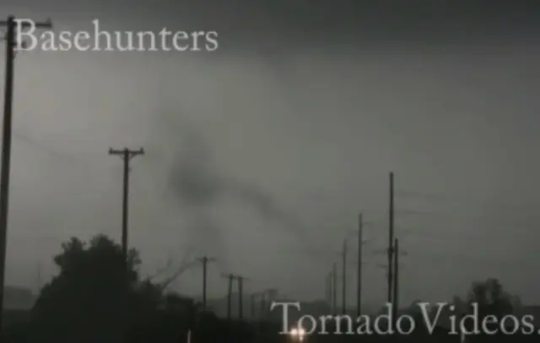
The Joplin tornado was super scary. Not only was it a multi-vortex tornado, it also caused a deadly fungal outbreak among the survivors.
And of course, the infamous
El Reno 2013 EF3
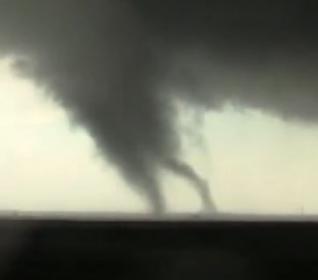
The only reason this tornado is an EF3 is because the Enhanced Fujita (EF) scale uses damage to buildings to determine wind speed and severity and this occurred in a rural area. In actuality, this tornado was nearly 3 miles wide and had wind speads near 300 mph. It killed or injured many seasoned storm chasers/meteorologists. It was one large tornado with multiple smaller vortices spinning around inside of it with much higher wind speeds. This thing broke records.
For more info on the Jarrell tornado and the history of the famous "dead man walking" photo that was taken of it, I highly recommend these videos:
1999 TLC Doc
History of the Photo (note that this creator seems to have fallen for the Native American legend thing, but the information on the tornado and the photo itself is accurate)
More detailed (but approachable) info
The two creators also have other great videos on tornadoes.
What are dead man walking tornadoes? :O
it’s a multi-vortex tornado. i dont remember the tribe it originates from (i think it was cherokee), but there’s a native american legend…? saying? that goes “if you see a man in a tornado, you are about to die.”

the most infamous shot of a dead man walking tornado hit jarrell, texas in 1997

it did so much damage to the town it caused the scale that tornados are measured by, the fijita scale, undergo revisions, and it made anchoring buildings in the tornado alley region pretty much mandatory. (it took the entire town off the map. only those who had taken shelter outside of the town or in underground bunkers survived.)
two more examples of dead man walking tornadoes looking like a person are a tornado from 2011 that hit cullman, alabama

and a tornado from 1975 that hit xenia, ohio

72K notes
·
View notes